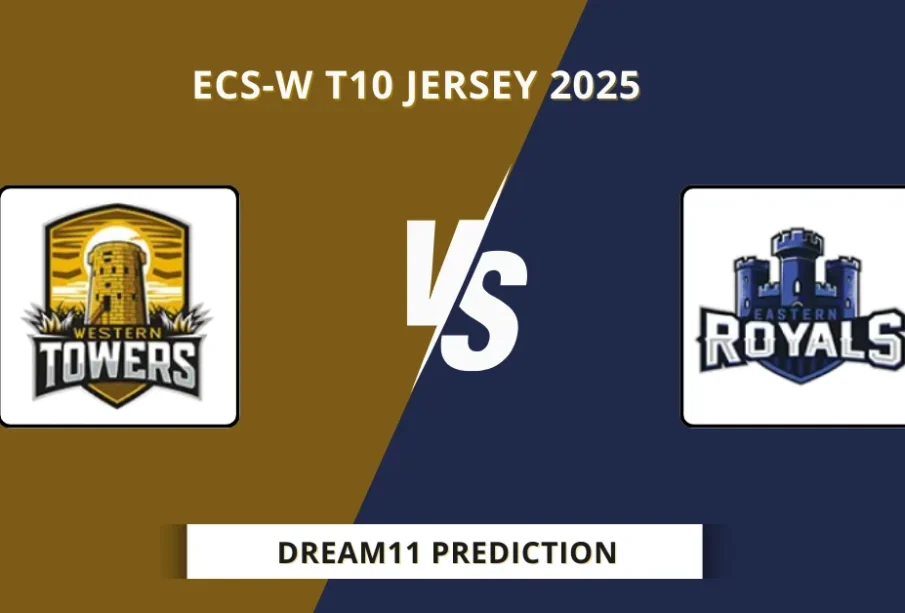ER W vs WT W: Key Differences and Implications

Introduction
The distinction between ER W (Event-Related News) and WT W (Weather Tracking Weather) has gained significant relevance in the fields of data analysis and reporting. Each serves a different purpose in providing critical insights for various industries, including media, healthcare, and environmental sciences. Understanding these differences can greatly impact decision-making and strategic planning.
Understanding ER W
ER W refers to data or news specifically tailored to events that have immediate implications. For instance, in the context of healthcare, ER W could pertain to reports on disease outbreaks or natural disasters. This form of news is vital for stakeholders who need to react quickly to evolving situations. Data points in ER W are typically time-sensitive and focus on providing updates that can influence public safety and emergency responses.
Exploring WT W
On the other hand, WT W is focused on ongoing weather patterns and phenomena. This can range from forecasting to analyzing long-term climate changes. The key aspect of WT W is its role in planning and preparation rather than immediate reaction. For example, businesses dependent on seasonal weather trends, such as agriculture, rely heavily on WT W data to make informed decisions about planting and harvesting.
Recent Trends and Data
As of October 2023, trends indicate a growing integration of ER W and WT W data to enhance predictive analytics. By leveraging both sets of data, organizations have the opportunity to develop comprehensive strategies for business resilience. For example, recent studies have shown that companies that analyze weather trends in conjunction with event-related news can better anticipate market shifts and consumer behavior.
Conclusion
The differentiation between ER W and WT W illustrates the necessity for tailored data in various fields. While ER W aims for immediate action based on event-driven news, WT W equips entities with insights for long-term planning. The integration of both can lead to a more robust analytical approach, helping stakeholders to not only react promptly but also plan for future contingencies. As organizations increasingly recognize the value of combining these perspectives, the importance of understanding their unique characteristics will become crucial for effective strategy development across sectors.









